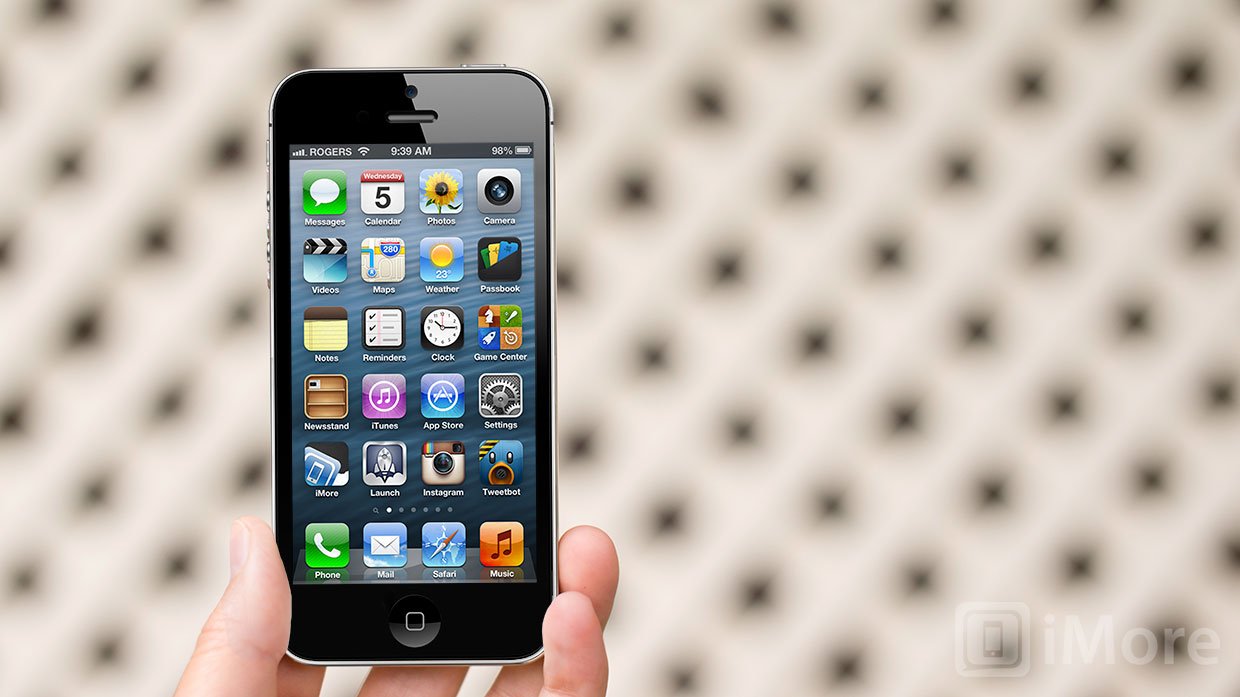Everything you need to know about Apple's new, widescreen iPhone
Apple hasn't announced a new iPhone yet, but it's safe to assume there'll be one this year. There's been a new iPhone once a year, every year, since Apple introduced it in 2007. The original iPhone was announced in January and shipped in June. iPhone 3G, iPhone 3GS, and iPhone 4 were announced in June and shipped shortly thereafter. Last year, Apple switched to October for the iPhone 4S announcement and release, but otherwise didn't skip a beat. Back in July iMore learned that this year the iPhone 5,1 would be announced on September 12 and released on September 21. Apple has since confirmed the announcement date but not yet the release, and despite a steady stream of leaks, nothing is official until an Apple shows it off on stage.
With that in mind, however, we have reason to believe some of those leaks have been accurate. We've gone over them previously in separate articles, but it's worth rounding them up here. That way we can start setting reasonable expectations, even while we wait to be wowed.
Design

As iMore reported previously, the iPhone 5 will look similar to the iPhone 4 and iPhone 4S with a few noticeable exceptions. The major visible differences include a 4-inch display with a 16:9 aspect ratio, a metallic plate across most the back, a centered FaceTime camera on the front, and a miniaturized Dock connector and relocated 3.5mm headset jack along the bottom.
If anyone has trouble believing Apple would keep a similar design on the market for three years running, go back and look at the 2005 Project Purple prototype. Consider that Apple's original, platonic ideal for how their phone should look and be built, and every year they're getting closer and closer to that ideal.
The iPhone design isn't fashion. Jonathan Ive has said repeatedly, it's function. It's iconic. It's a piece of industrial design rooted in Braun and Leica and Dieter Rams that could sit on any museum shelf. It's some of the best manufacturing ever seen in mobile, and it looks as good today as it did in 2005 and in 2010, and as any phone currently on the market. Apple isn't concerned with making the newest looking phone. They're concerned only with making the best phone.
Add a larger screen and a metal back, and shave off a few micro-milimeters from the existing iPhone design, and it would be hard to argue that's not just exactly what they're doing with the iPhone 5.
4-inch, 16:9 aspect ratio, in-cell display
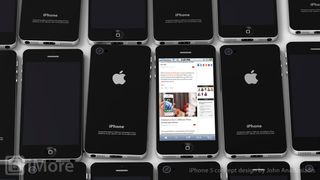
The screen takes up most of the front of the iPhone, and it's the way we look at and interact with all of our apps and all of our content. That makes it one of the most important elements of the iPhone. And that makes a bigger, 4-inch display with a taller, 16:9 aspect ratio that uses thinner in-cell technology to display a greater, 640x1136 pixel count perhaps the most important change coming to the iPhone 5.
It's also the change that will most impact the apps and the content we use and enjoy, and the developers, designers, and producers who make it. So why is Apple going with a bigger screen, why a taller screen but not a wider one, and how will our apps update to support it? Here's our take:
New, smaller Dock connector
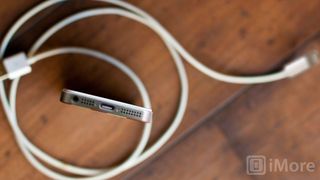
Way back in February, iMore learned Apple was planning to ditch the traditional 30-pin Dock connector to go with something smaller. With the iPhone 5 and new technologies like LTE networking (see below), Apple will need every millimeter of space and milliamp of battery they can get. At the same time, AirPlay and Wi-Fi sync are reducing the need for physical cables.
The moment rumors of a new Dock port emerged, many expressed hope it would feature a MagSafe-style connector, like Apple's MacBook line of laptops. Symmetrical, it could be plugged in without worrying about up or down, and magnetically coupled for better ease of use. Others dream of ThunderBolt (sadly, that requires PCI architecture, which iOS currently does not have). Others simply wanted to make sure all their old Dock accessories would still be compatible and still work. Here's the deal:
- iPhone 5 smaller Dock connector preview
4G LTE networking
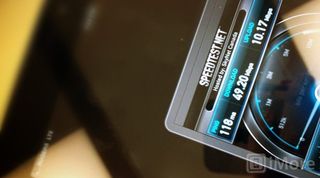
iMore learned back in March that the iPhone 5 would have 4G LTE networking. We’ve seen a pretty clear history of Apple integrating technology from the spring iPad release into the summer/fall iteration of the iPhone for the past few years. Last year, that included the A5 processor, 512MB of memory, and 64GB of storage. This year, it seems almost certain it will include LTE. To make room for it, Apple is switching to the smaller dock, thinner screen, and nano-SIM standard. Battery life shouldn't be a problem.
But will it be USA/Canada only, like the iPad, or will Apple finally take real 4G global?
- iPhone 5 4G LTE networking preview
No NFC

While early rumors suggested Apple was exploring NFC (near-field communications) for the iPhone 5, those plans sound like they've been shelved for now. However, many of the things that NFC does will also be possible with existing technologies like Bluetooth 4.0, which Apple included in the 2011 iPhone 4S. It covers low-power and fast connection, which mirror aspects of NFC's appeal. Wi-Fi Direct, which has also been rumored for the iPhone 5, could potentially be used for direct device-to-device communication as well.
Either way, Apple is already handling mobile transactions with the Apple Store app, and other companies like Starbucks are handling them with their own apps. iOS 6's Passbook is set to make that even easier as well.
- No NFC bound for next generation iPhone
- Bluetooth 4.0 device pairing rumored for iOS 6
- AirPlay direct rumored to be coming to iOS 6, iPhone 5
Processor, graphics, RAM, and Storage
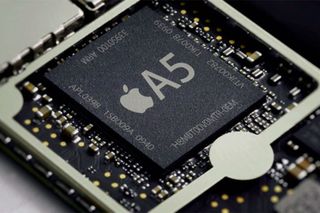
While there have been a lot of leaks about what the iPhone 5 it may look like (see below), there have only been a few about what will power it. That's not surprising. Apple seldom gives specifics about the processors inside the iPhone, or any of their iOS devices. They'll gladly tell us the storage capacity and associated pricing levels. They'll typically announce the name of the processor, maybe the number of cores, but they'll mostly just tell us how many times faster it is than the last generation, both in terms of computing and graphical power. And the amount of RAM is has? Forget about it. We'll likely not know the full details about the iPhone 5 processor until after it's launched and after it's been thoroughly torn down by third parties. That's the Apple way. In the meantime, all we can do is speculate based on past behavior and present technology.
An Apple A6, 1GB or RAM, and the same storage as last year makes sense, but is that what Apple will do?
Price points and color options
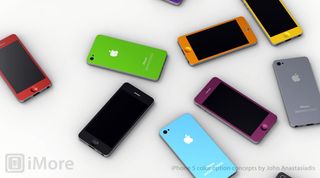
Apple has been extremely conservative when it comes to pricing and coloring the iPhone. The original was aluminum and black, but since 2008 and the iPhone 3G, Apple has stuck with black and white as the only color options, and $199 as the starting price point. While an argument could be made that it's time for Apple to go multi-chromatic with the iPhone the way they do with the low-end iPod shuffle and iPod nano, Apple seems content to let case and sticker makers, and other third-party solutions handle color for now. That's not likely to change. Maybe there's a market for a limited edition $1000 128GB (RED) iPhone, but not one Apple seems interested in for now. Given the odds on expanded storage mentioned above, that leaves us with:
- $199 for 16GB white or black
- $299 for 32GB white or black
- $399 for 64GB white or black
The name
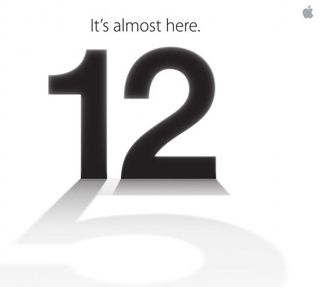
For the sake of convenience, iMore and many other media organizations have been referring to the next iPhone as the iPhone 5. There's no logical reason Apple couldn't call it iPhone 5 if they wanted to. The model number will be iPhone 5,1 after all (iPhone 3G was iPhone 1,2, not considered a full generation product by Apple), and for most mainstream customers the logical number after 4 -- even after 4S -- is 5.
Apple has used 3 twice (iPhone 3G and iPhone 3GS) and 4 twice (iPhone 4 and iPhone 4S). Apple could easily use 5 twice as well (iPhone 5 and iPhone 5s). The iPhone 4S launched with iOS 5, so the iPhone 5 could easily launch with iOS 6.
It's marketing. Apple could literally call the new iPhone anything they want. iPhone X. iPhone tall. iPhone 4GS. iPhone 4GS Mark II Epic, LTE tallboy X. (Okay, that last one sounds more like a Sprint Android phone, but you get the point.)
They could even call it the new iPhone.
If you catch yourself starting to type "Apple can't call it the--" stop. You're over thinking it. Take a deep breath. Splash some water on your face. And hold tight for next Wednesday.
More on the iPhone 5
For more on the iPhone 5, the new iPhone, or whatever Apple ends up calling it, check out:
- iPhone 5 feature page
- iPhone 5 forum

Rene Ritchie is one of the most respected Apple analysts in the business, reaching a combined audience of over 40 million readers a month. His YouTube channel, Vector, has over 90 thousand subscribers and 14 million views and his podcasts, including Debug, have been downloaded over 20 million times. He also regularly co-hosts MacBreak Weekly for the TWiT network and co-hosted CES Live! and Talk Mobile. Based in Montreal, Rene is a former director of product marketing, web developer, and graphic designer. He's authored several books and appeared on numerous television and radio segments to discuss Apple and the technology industry. When not working, he likes to cook, grapple, and spend time with his friends and family.
